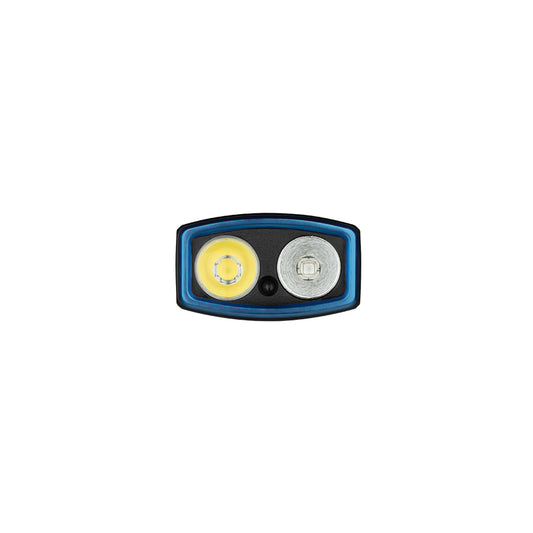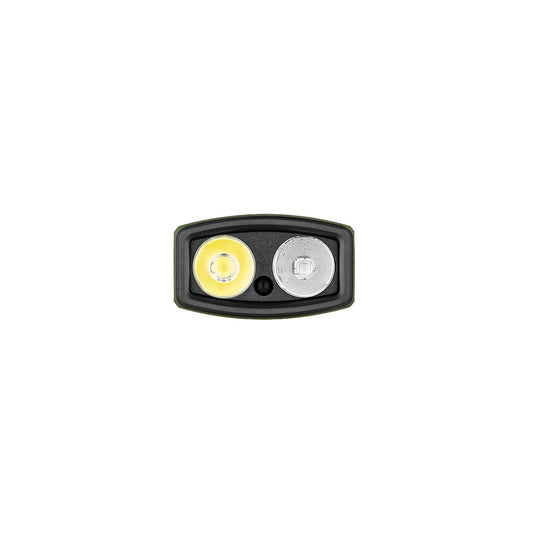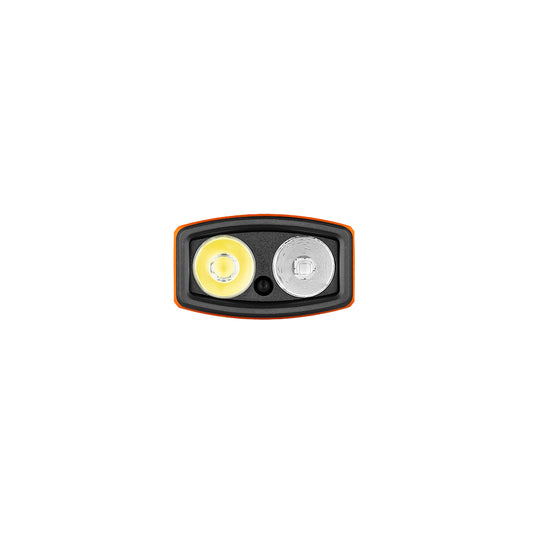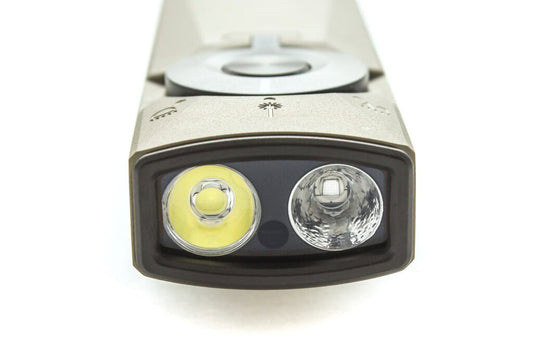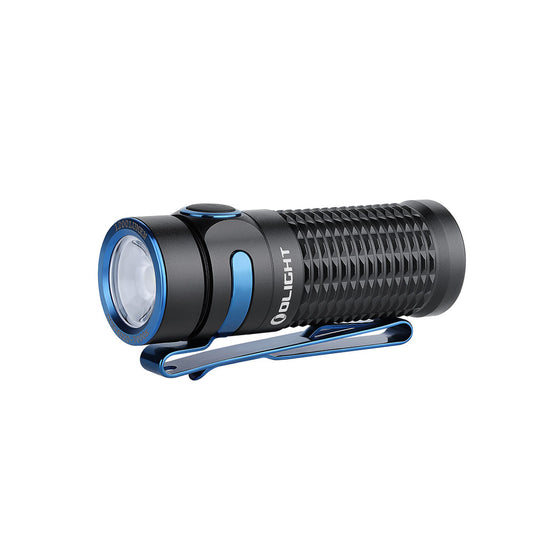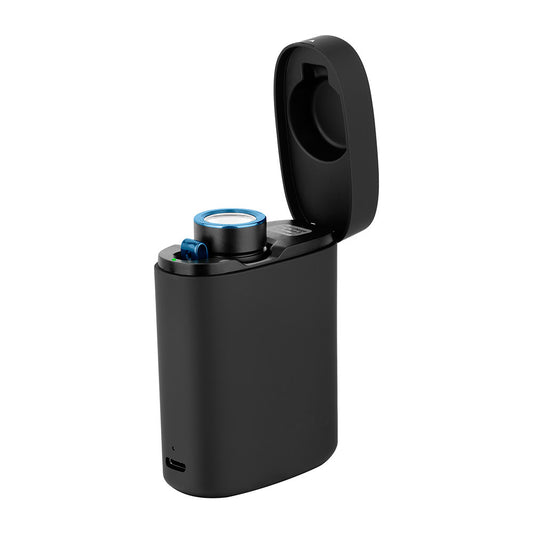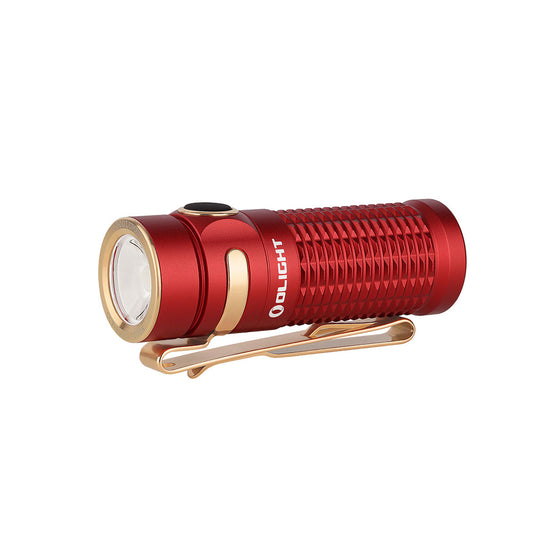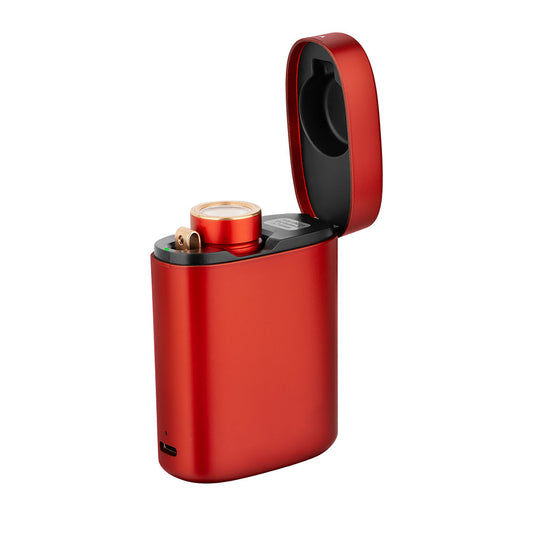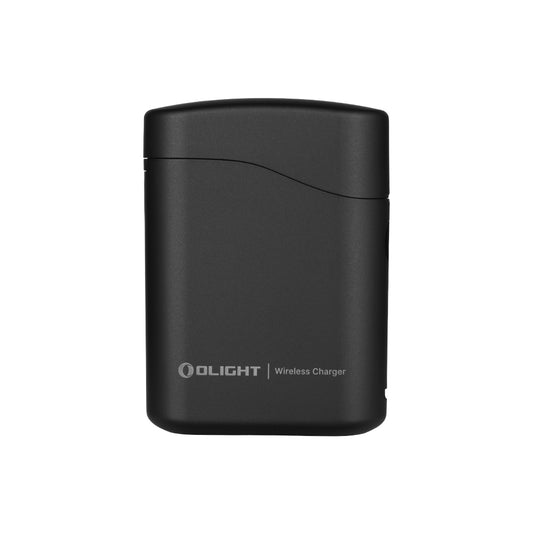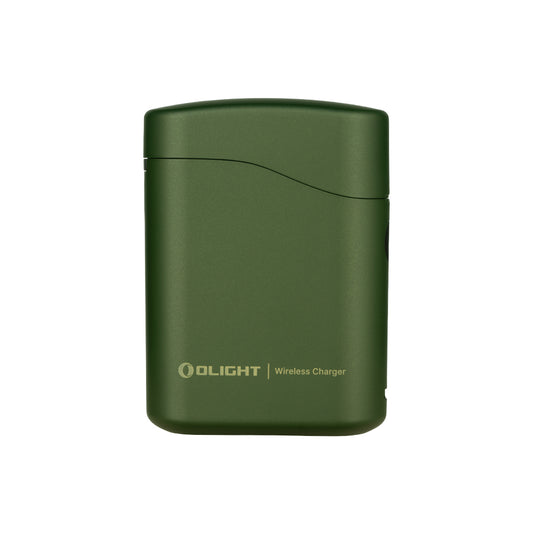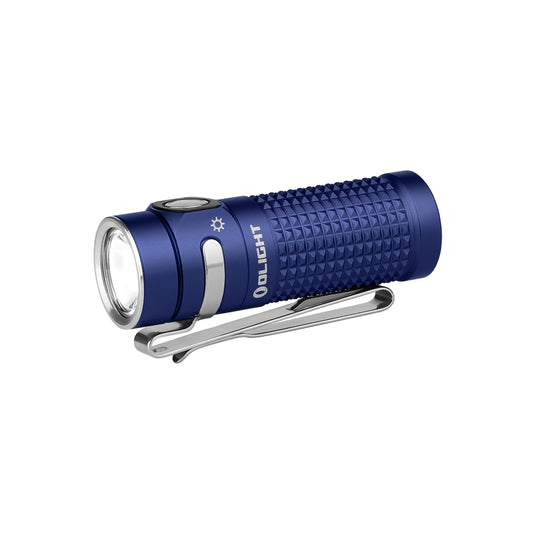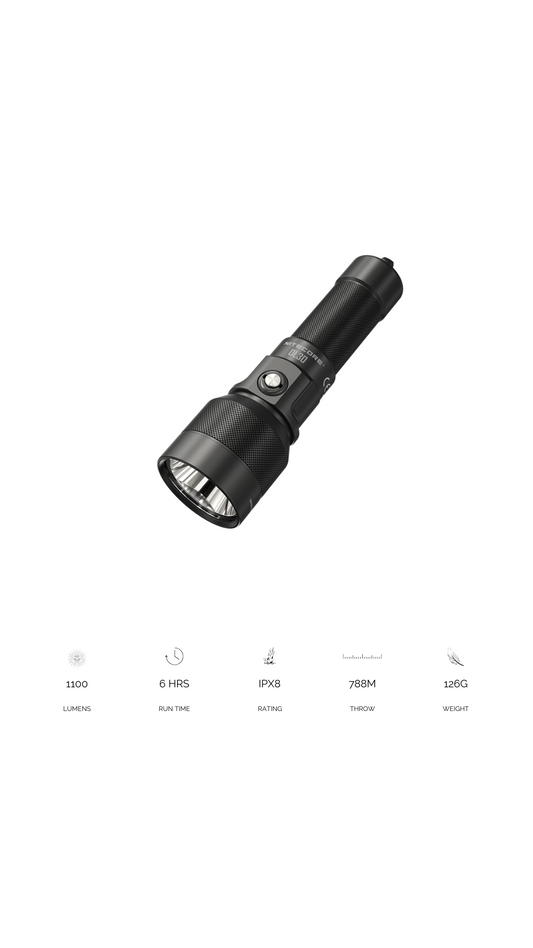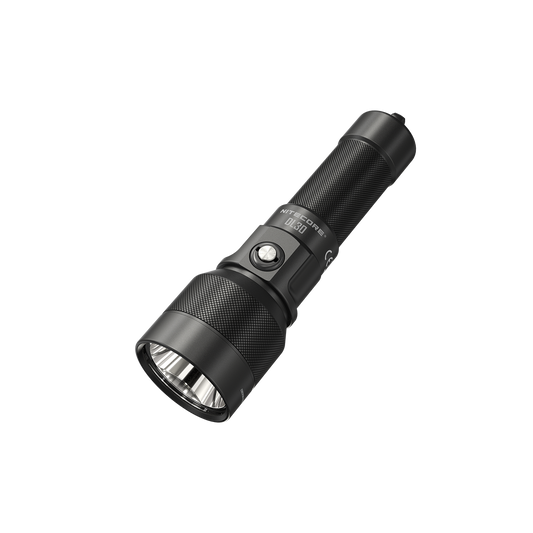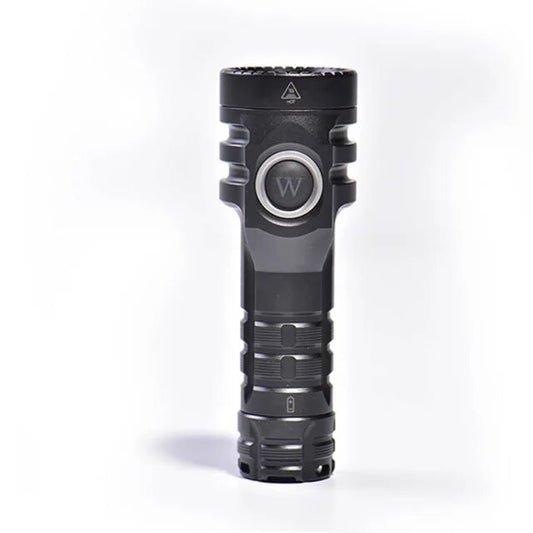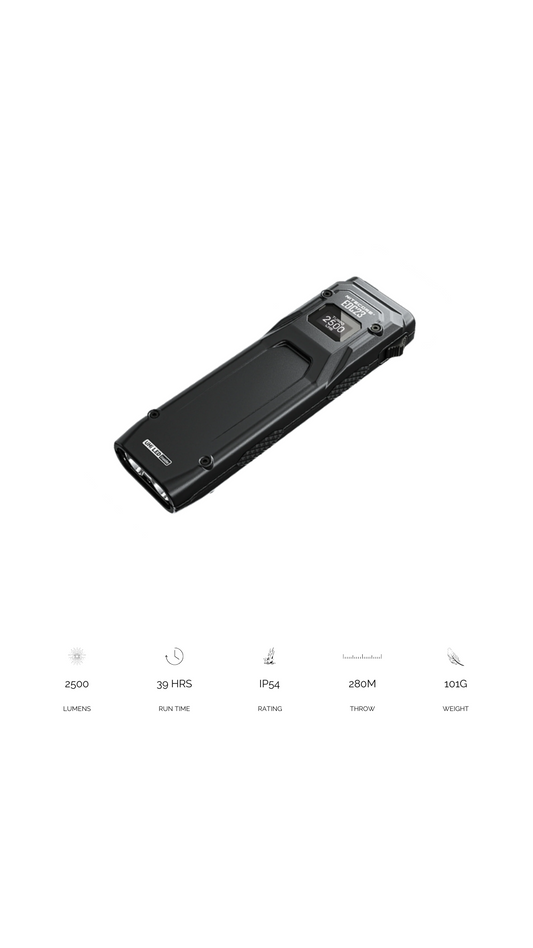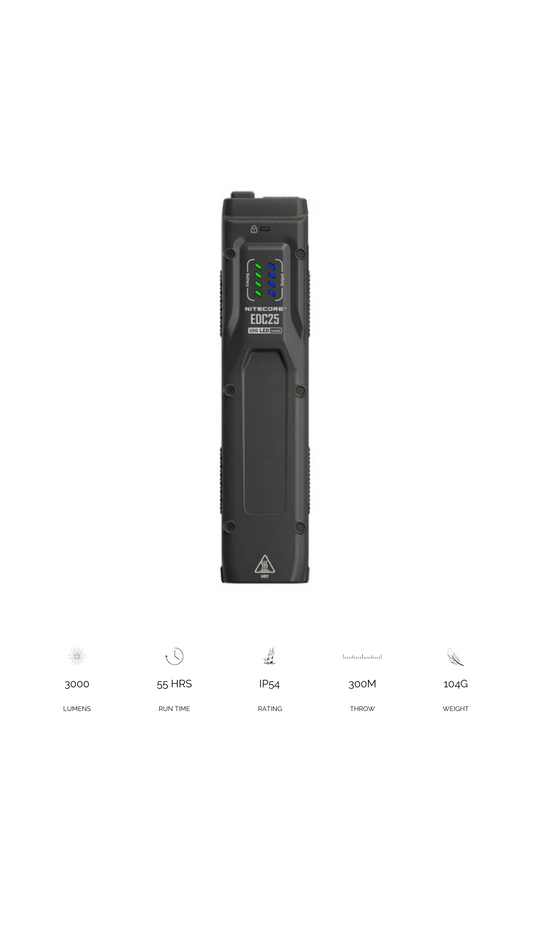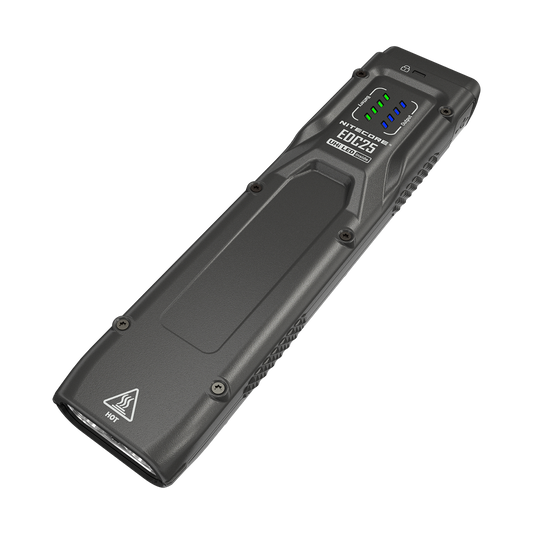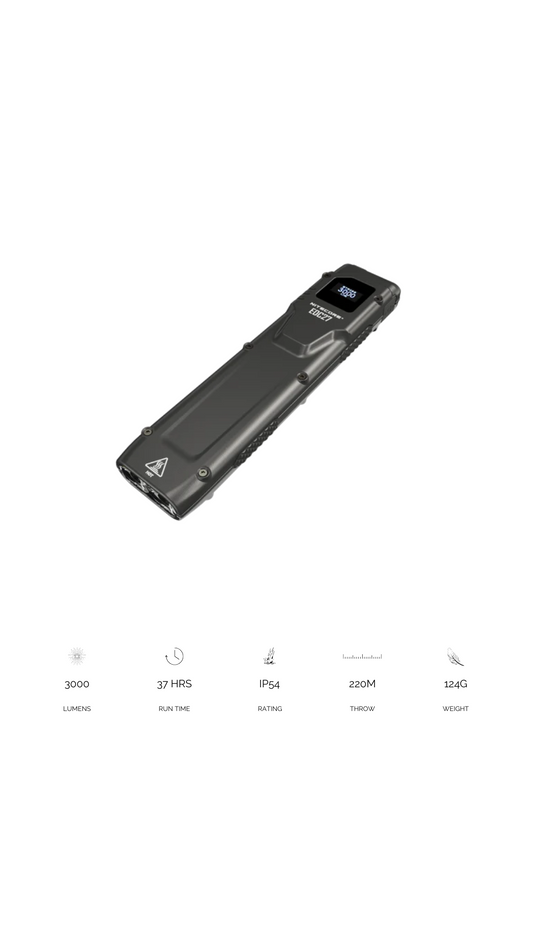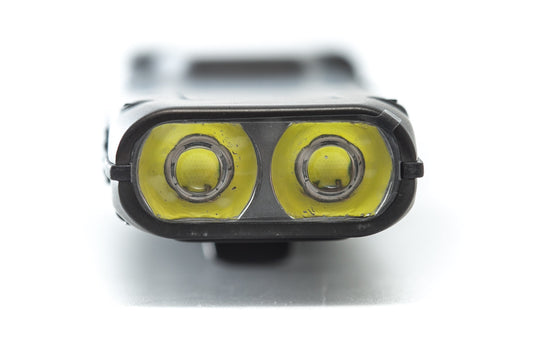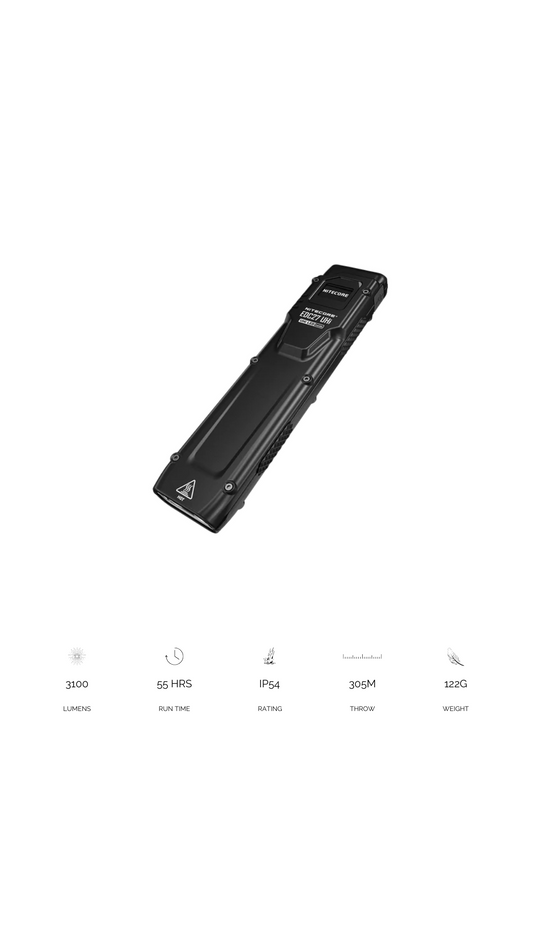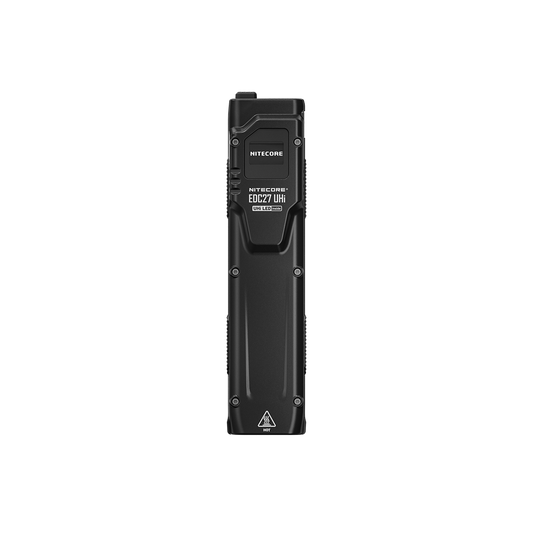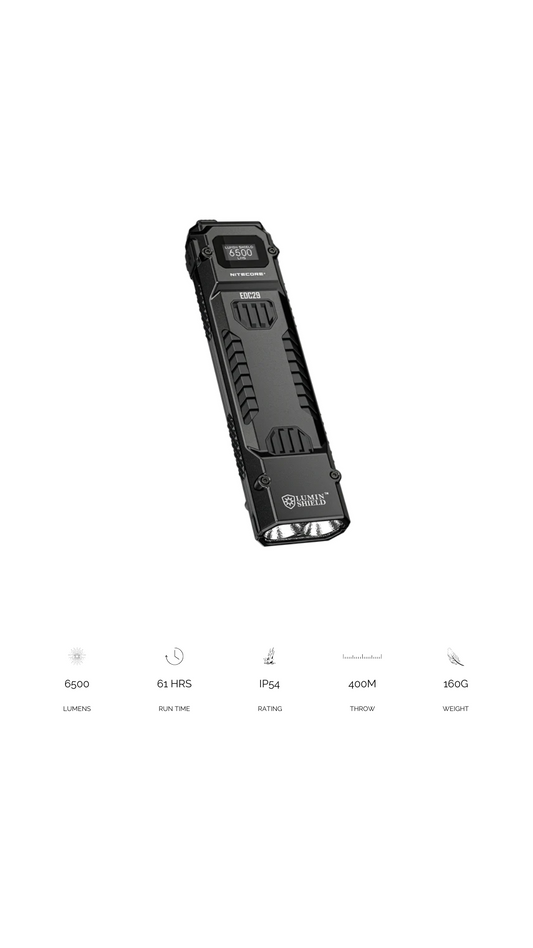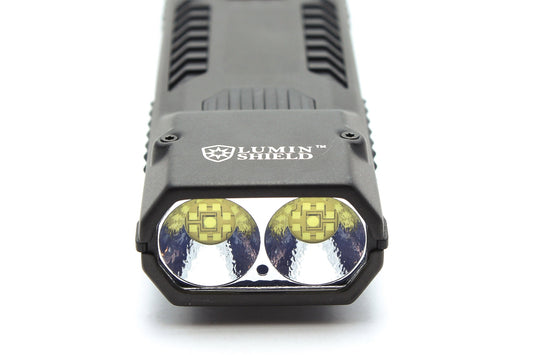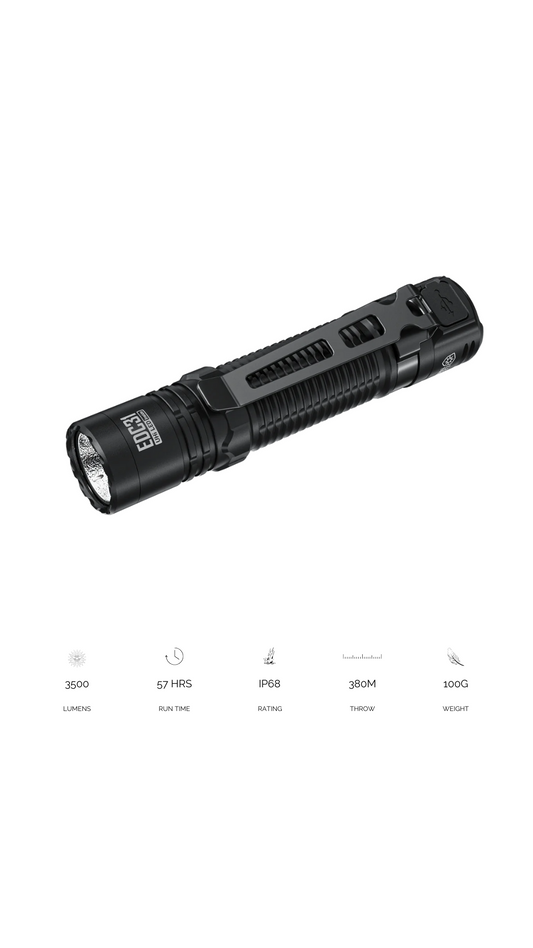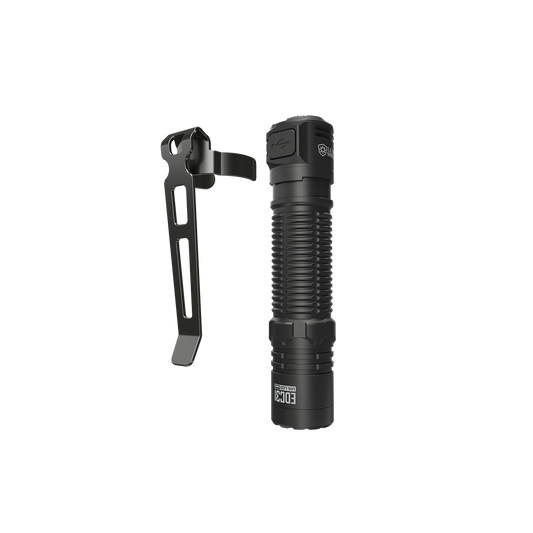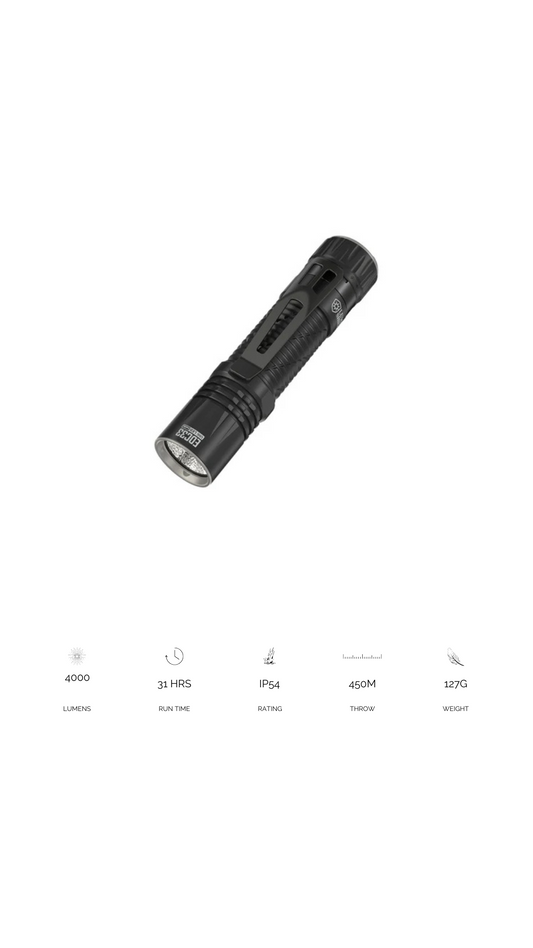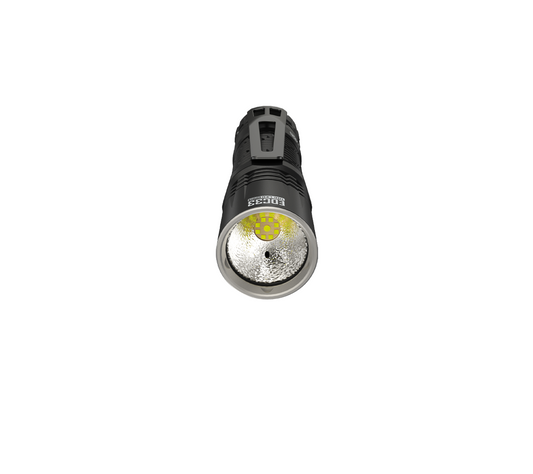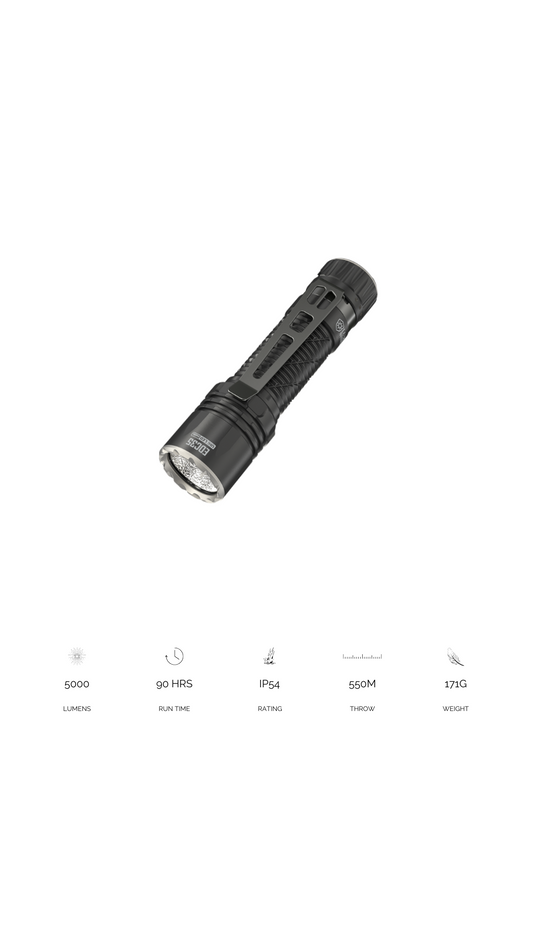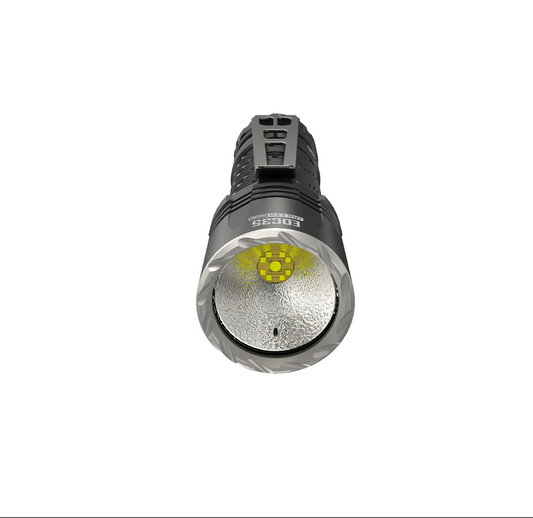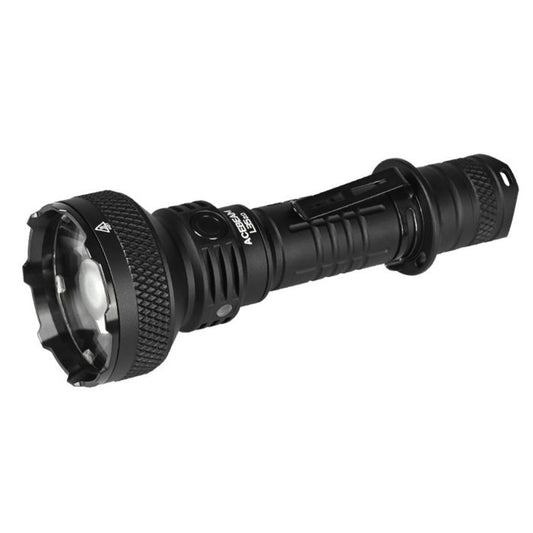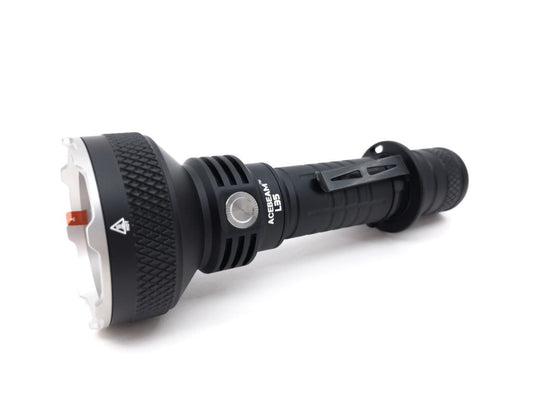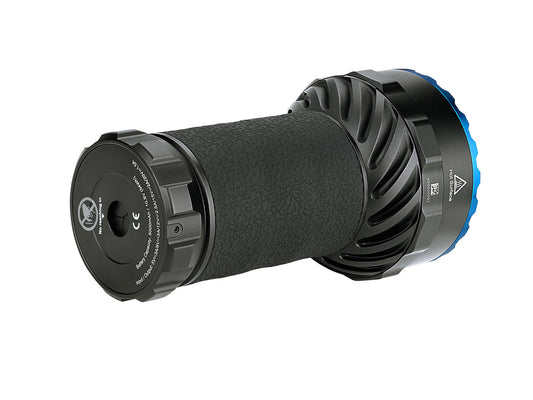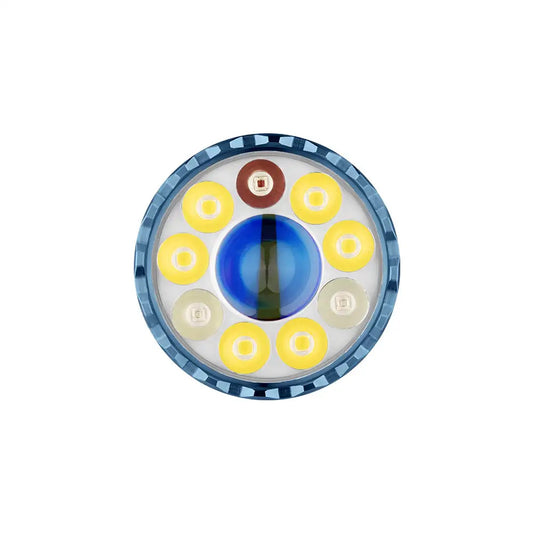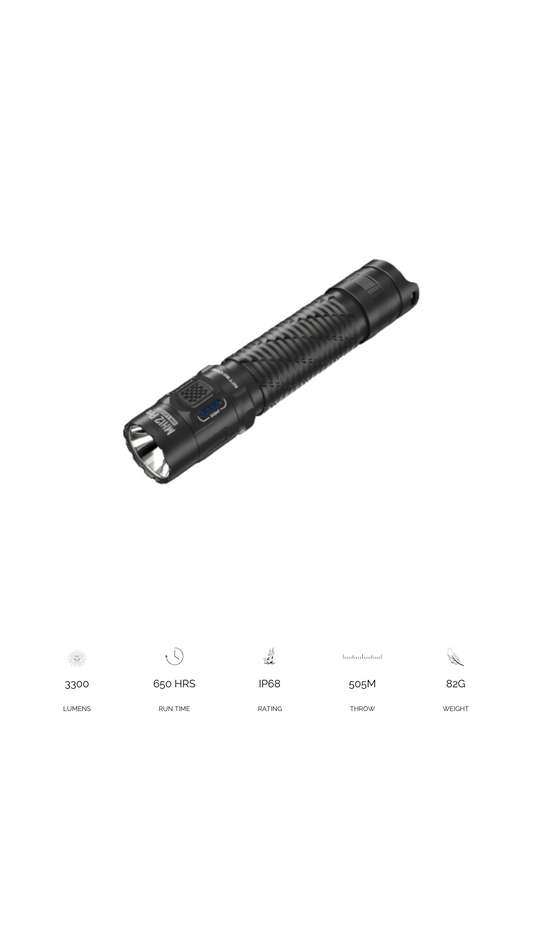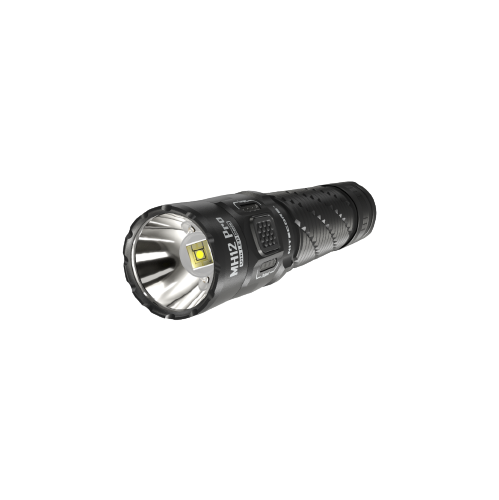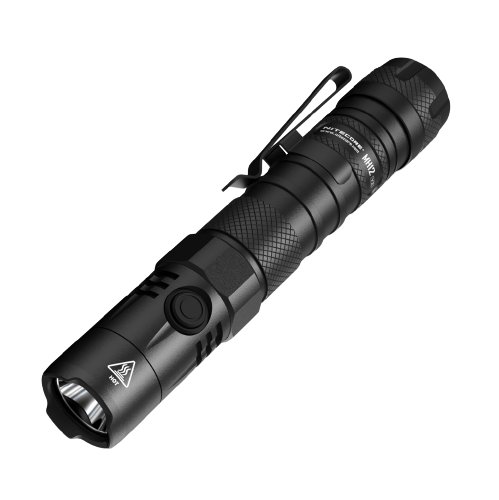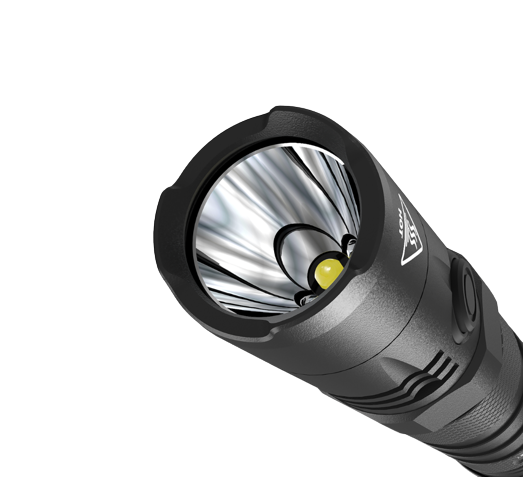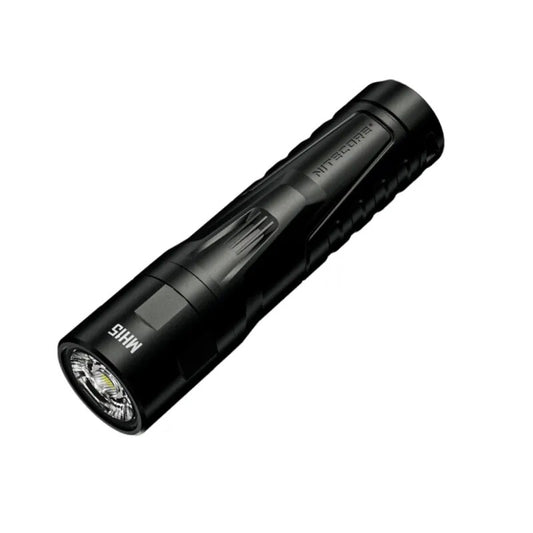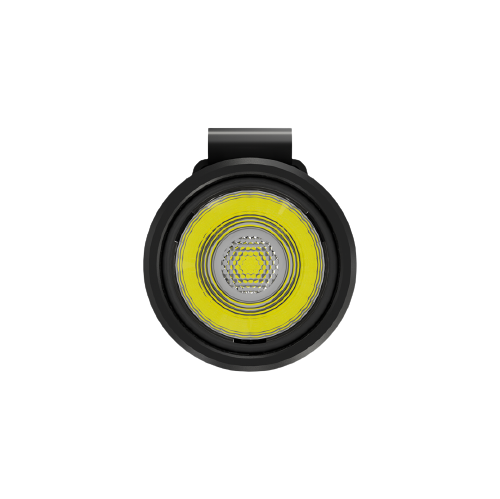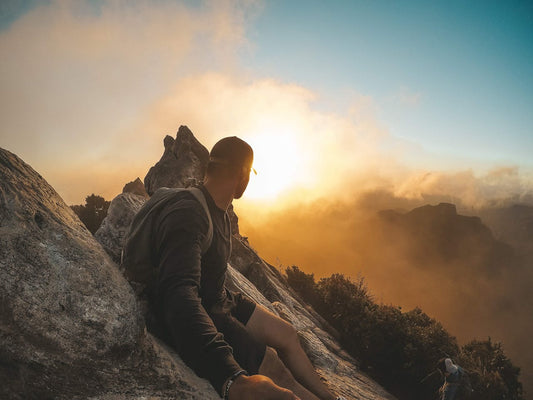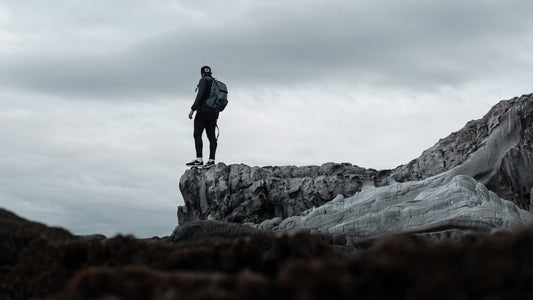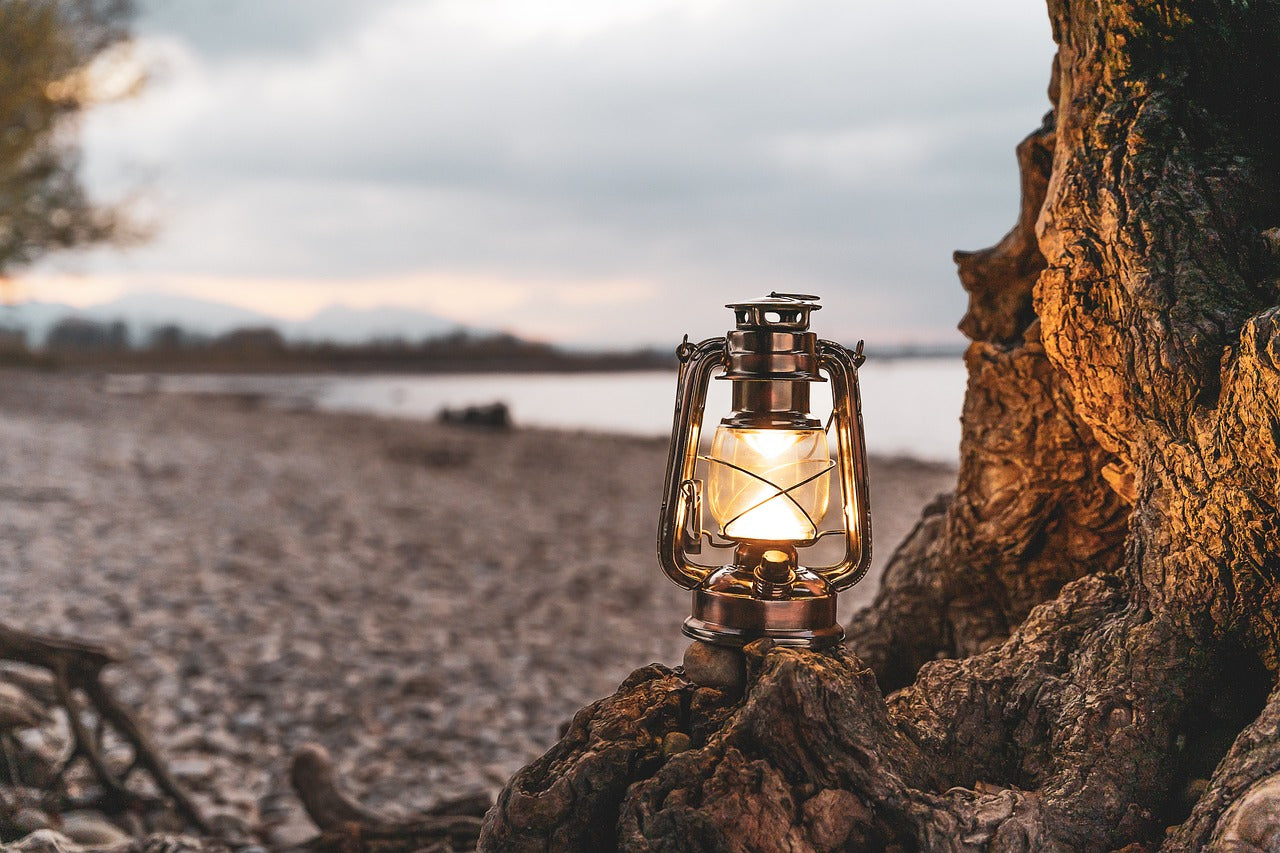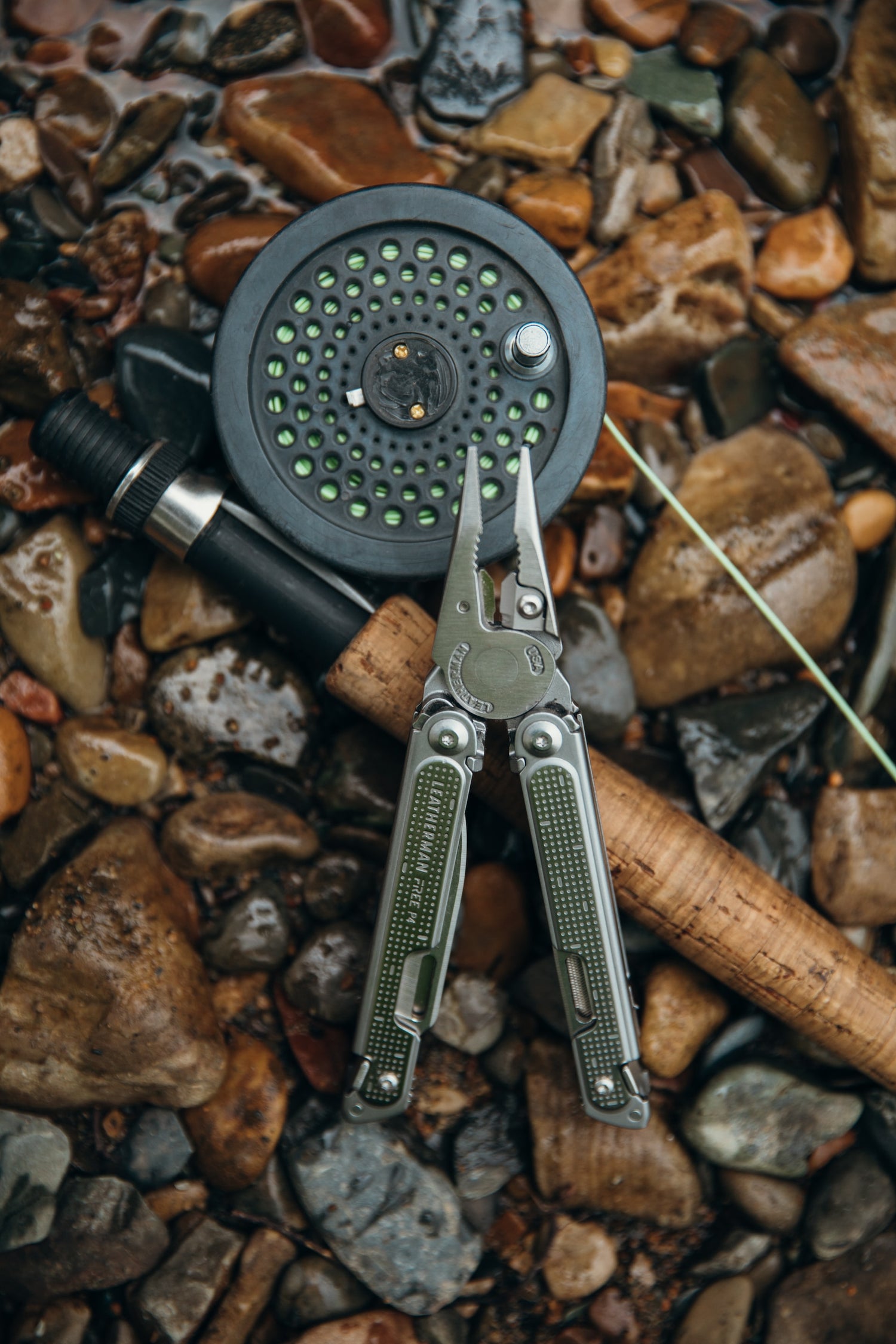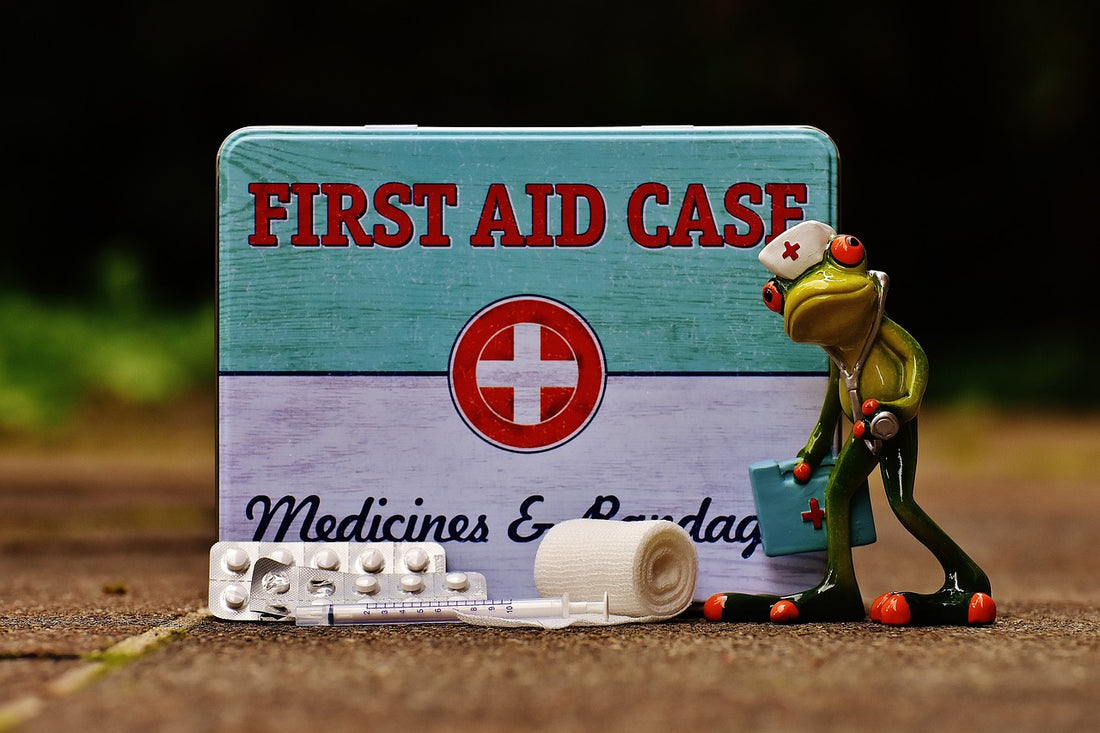
Professional Guide to Creating a Comprehensive Medical Kit
A meticulously assembled medical kit is a critical asset for addressing injuries, illnesses, and emergencies across diverse environments. Whether you're venturing into the wilderness, embarking on international travel, or enhancing your household's preparedness, a well-curated medical kit can provide essential aid when it matters most. This professional guide outlines the key considerations and components for creating and optimizing a highly effective medical kit.
1. Thorough Needs Assessment:
Begin with a comprehensive evaluation of the context in which the medical kit will be utilized:
- Environmental Context: Tailor the kit to the specific challenges of the environment, whether urban or remote wilderness.
- Activity Analysis: Consider the type of activities to engage in; factor in higher-risk activities like outdoor adventures and sports.
- Group Dynamics: Account for the number of individuals in your group, their medical histories, and specific requirements.
- Duration Planning: Long trips demand increased supplies, accounting for sustained wound care and medical attention.
- Climate and Seasonal Variations: Adapt the kit contents to the prevailing weather conditions, which may impact health risks.
2. Core Supplies for Basic Care:
Establish a solid foundation with essential medical supplies:
- Assorted Adhesive Bandages: Address minor abrasions and cuts effectively.
- Sterile Gauze Pads and Medical Tape: Dress wounds properly and control bleeding.
- Antiseptic Wipes or Solution: Disinfect wounds to minimize infection risks.
- Precision Scissors and Tweezers: Execute precise wound care and material management.
- Disposable Gloves: Ensure hygienic procedures during medical assistance.
3. Wound Care Expertise:
Devote a section to comprehensive wound care management:
- Antibiotic Ointment: Mitigate infection risks by applying to wounds.
- Hydrocortisone Cream: Alleviate itching and minor skin irritations.
- Irrigation Syringe: Thoroughly cleanse wounds using sterile saline solution.
- Butterfly Bandages or Steri-Strips: Secure wound edges, ideal for closures that don't require stitches.
- Sterile Saline Solution: Versatile for wound cleaning and eye irrigation.
- Hemostatic Agent: Critical for controlling severe bleeding, especially in high-stress scenarios.
4. Alleviating Discomfort and Medication:
Include over-the-counter medications for common ailments:
- Analgesics: Equip with pain relievers like ibuprofen and acetaminophen for pain management.
- Antihistamines: Address allergic reactions and alleviate allergy symptoms.
- Anti-Diarrheal Medication: Manage gastrointestinal distress.
- Activated Charcoal: Utilize under professional guidance for potential poisoning cases.
5. Personalized Medication Inclusion:
Address specific medical needs:
- Prescription Medications: Ensure an adequate supply, considering trip duration and potential delays.
6. Preparedness for Emergencies:
Equip the kit with tools for critical scenarios:
- CPR Face Shield or Pocket Mask: Prioritize safe mouth-to-mouth resuscitation.
- Instant Cold Packs: Mitigate pain and swelling during injury incidents.
- Emergency Blanket: Maintain body temperature and shield against harsh conditions.
- Tourniquet: Include only with comprehensive training on proper application.
- Sam Splint: Stabilize fractures and sprains proficiently.
- Rescue Whistle and Signal Mirror: Signal for help during emergencies.
- Multi-Tool or Swiss Army Knife: Versatile tools for multifaceted tasks.
- Headlamp or Flashlight: Essential for low-light and nighttime situations.
- Fire Starter: Facilitate warmth, signaling, and sustenance preparation.
7. Special Considerations:
Tailor the kit to specific requirements:
- EpiPen: Vital for severe allergic reactions, especially with known allergies.
- Insect Repellent: Prevent insect bites, particularly in outdoor environments.
- Sunscreen: Shield against sunburn and skin issues.
- Burn Cream or Gel: Provide relief for minor burns and scalds.
8. Efficient Container Selection:
Opt for an organized and durable container:
- Waterproof and Robust: Safeguard contents from moisture and damage.
- Segmented Compartments and Pouches: Simplify access and organization.
- Transparent Lid or Sections: Facilitate rapid identification of items.
9. Ongoing Maintenance:
Ensure the longevity of your medical kit's functionality:
- Regular Inspection: Periodically check and replace expired or utilized items.
- Restocking Protocol: Maintain a list for prompt restocking after use.
- Seasonal Adjustment: Modify kit contents based on changing weather conditions and prevalent health risks.
10. Continuous Learning:
Augment your knowledge base:
- Comprehensive First Aid Training: Attend formal courses to master essential techniques.
- Scenario Practice: Simulate scenarios to enhance proficiency in applying first aid techniques and utilizing kit components.
11. Optimal Kit Accessibility:
Facilitate easy access to the medical kit:
- Prominent Placement: Position the kit visibly and within easy reach.
- Shared Knowledge: Communicate the kit's location to fellow travelers or household members.
12. Personalization for Specific Requirements:
Customize the kit to individual and group needs:
- Medical Conditions and Allergies: Integrate medications, tools, or treatments specific to known conditions.
- Psychological Comfort Items: Consider adding personal comfort items that can ease psychological distress.
13. Staying Current:
Stay updated with medical advancements:
- Updated Guidelines: Stay informed about the latest first aid and emergency medical protocols.
- Local Health Insights: Research destination-specific health risks to tailor kit contents effectively.
Remember, a medical kit is designed to provide initial care and stabilize situations. It's a complementary tool to professional medical care, not a substitute. For severe or life-threatening incidents, always seek immediate professional medical assistance. By meticulously crafting and maintaining a comprehensive medical kit, you amplify your capability to respond adeptly to diverse medical challenges and unforeseen emergencies.


